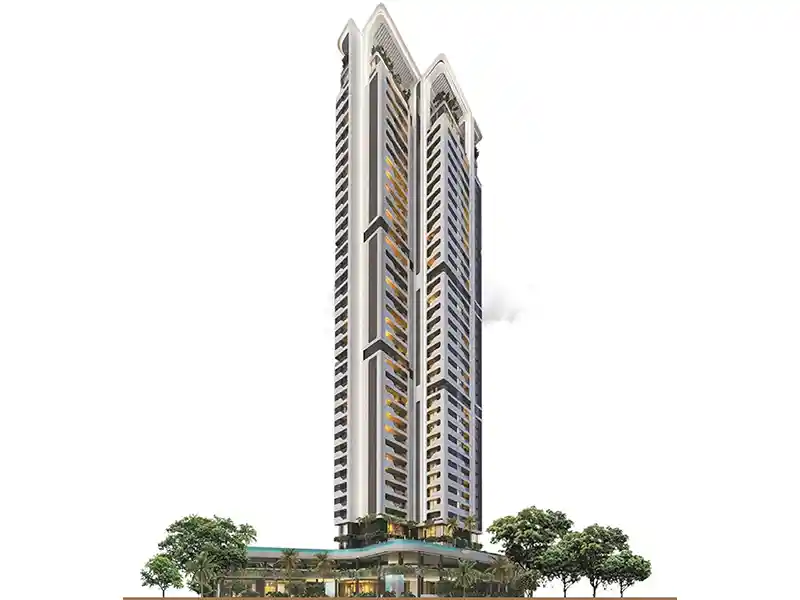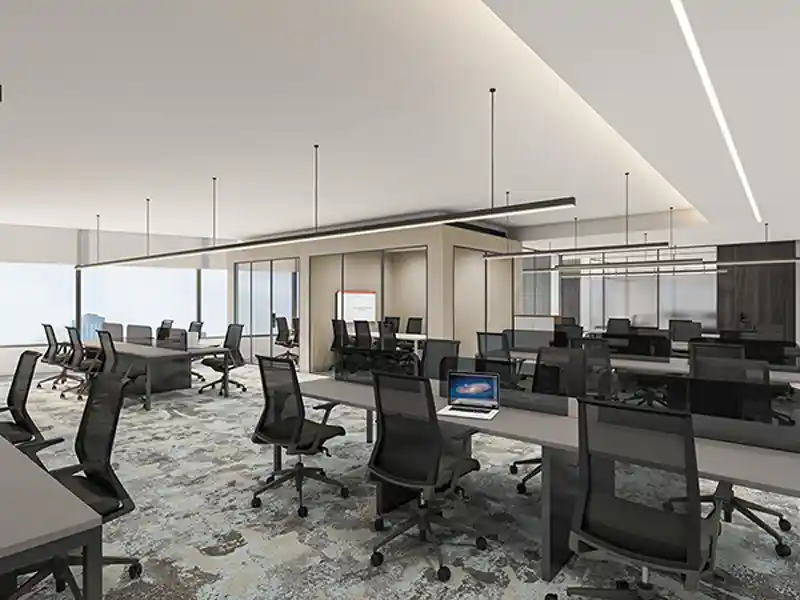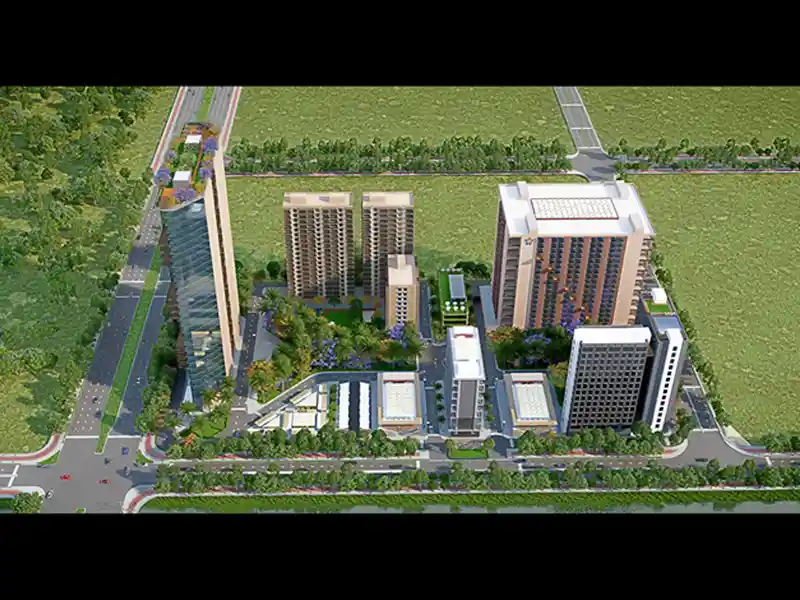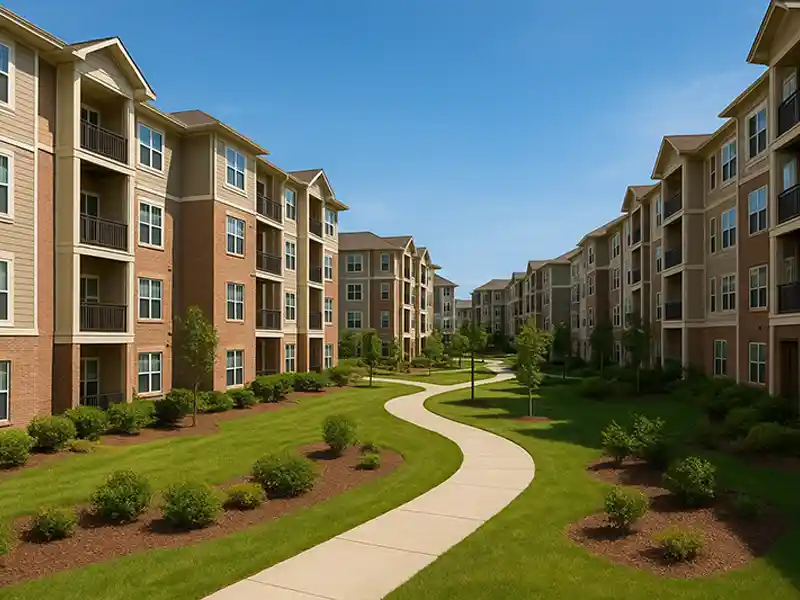Mazhar Syed, Director - Marketing & Sales, AsmitA Realty
For a healthier planet, we must adopt sustainable practices such as using renewable materials, reducing energy consumption, and minimizing waste, and thereby help minimize the environmental footprint on our planet. Inefficient construction practices can lead to higher energy demands and increased carbon emissions. By carefully planning and building strategies like recycling, reusing materials, and employing energy-efficient technologies, we can help conserve resources for future generations.
However, lack of awareness of sustainable construction methods is a major obstacle. The accessibility and cost of low-carbon materials and technology are other issues. Contractors may be discouraged from adopting sustainable alternatives if they are more expensive or have limited market availability. The industry can implement sustainable practices more quickly if people work together, share knowledge, and have government assistance.
Turning waste into useful resource
A circular economy strategy can help the construction industry turn waste into useful resources. The strategy would implement waste management techniques to prioritise recycling, sorting, and reuse, which can greatly reduce the amount of waste dumped in landfills. Recovering important resources like concrete, steel, and wood entails sorting waste onsite and collaborating with recycling facilities. The strategy would encourage companies to adopt cutting-edge technologies like 3D printing, prefabrication, and modular buildings to enhance resource utilisation and reduce waste production. Smart circular economy strategies encourage off-site manufacturing, where the trash can be more readily controlled and recycled while enabling efficient use of resources and reducing building waste.
To ensure the circularity of resources throughout the building supply chain, collaboration with manufacturers and suppliers is essential when procuring recyclable and environmentally friendly materials. Collaborating with businesses specialising in waste-to-energy conversion can also help extract more value from waste streams.
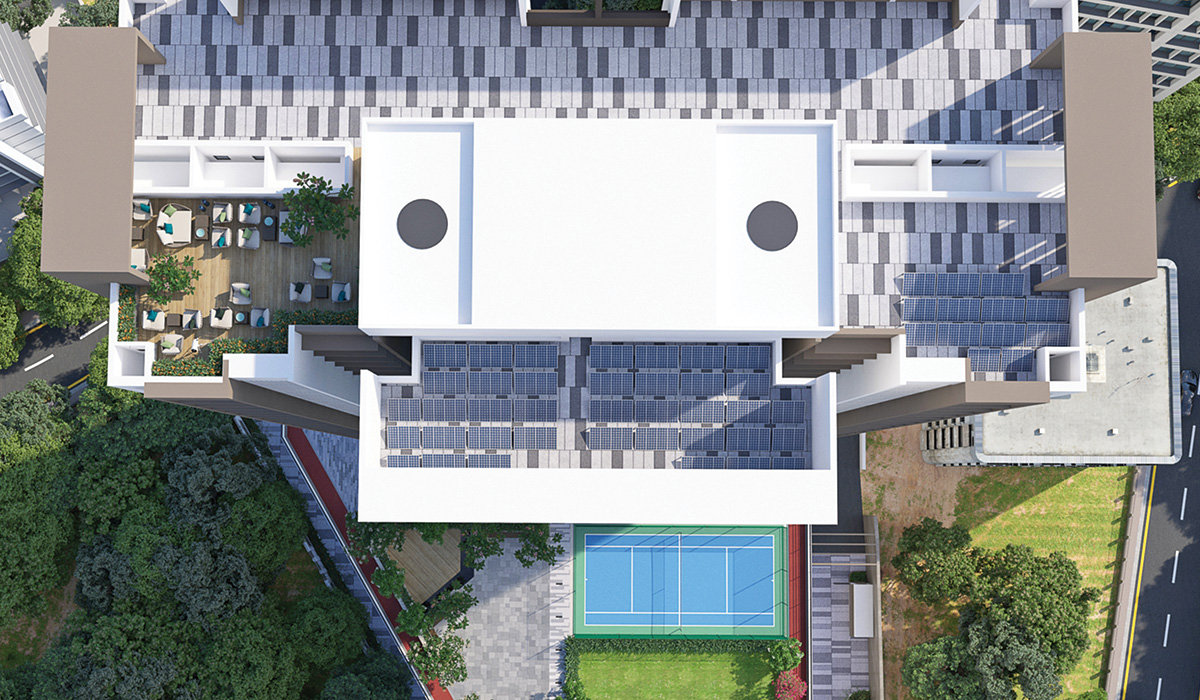
Customised carbon credit scheme and accurate emission calculators
Construction companies should be encouraged to prioritise sustainability, decrease carbon footprints, and support global climate goals, through a customised carbon credit scheme and cooperative efforts to create accurate emission calculators. A tailored carbon credit scheme for the construction industry would encourage the adoption of low-carbon technologies, energy-efficient designs, and sustainable construction techniques. The scheme would promote accurate carbon emission calculators through tech-driven cooperation between the construction industry and key stakeholders. This collaboration may entail bringing in architects, engineers, contractors, and environmental experts to develop standardised methods for measuring emissions throughout the construction lifespan.
A carbon credit scheme would incorporate smart systems for gathering data and monitoring emissions from manufacturing materials, transportation, building construction, and operation. Collaboration with governments, business organisations, and academic institutions can aid in the creation of a strategic framework for carbon credit trading. Construction companies should receive incentives such as financial rewards or regulatory advantages if they show considerable emission reductions.
At Asmita, we’re not just building homes, we are building better communities through thoughtful engineering, use of the latest green technology and measures for eco-advancements. We use sustainable materials, optimise energy efficiency through insulation and smart technologies, and incorporate green spaces in our projects. Knowing the importance of collaborations and partnerships, we actively engage with environmental organisations, industry peers, and government agencies to share knowledge, learn best practices, and collectively work towards sustainable solutions.
Mazhar Syed
Having a centralised organisation

The organisation would encourage information exchange, teamwork, and cooperation among numerous industry stakeholders by acting as a unified force. Providing guidelines, standards, and incentives would encourage adoption of cutting-edge technologies, environmentally friendly habits, and decarbonisation plans. The organisation’s primary function would be to alter attitudes and increase knowledge of the value of sustainability and decarbonisation. It could hold training sessions, education programmes, and awareness campaigns to emphasise the advantages of eco-friendly building practices and the contribution of decarbonisation to mitigate carbon emissions.
Additionally, the organisation could interact with governmental officials, business organisations, and members of the general public to push legislation and policies that support sustainability.
Prioritising sustainable and low-carbon construction materials
At AsmitA India Realty, along with implementing energy-efficient designs, insulation and lighting systems, we use energy-efficient windows, implement smart building systems, and integrate renewable energy technologies like solar panels to generate clean and renewable energy instead of relying on traditional grid-supplied electricity. Our latest smart home project, AsmitA Grand Maison, comes with in-built smart appliances like AC, dishwasher, and smart door locks, so residents can control these appliances with their smart home for better energy efficiency.
We always use eco-friendly, non-toxic materials with low VOC (volatile organic compounds) in construction for indoor air quality and we implement rainwater harvesting for water conservation and waste reduction. A waste management system has been installed in place with dry and wet trash chutes for residents to dispose waste carefully and we have an organic waste convertor that turns organic waste into valuable compost for our farms.
We have also facilitated EV charging stations in our buildings to promote use of electric vehicles. We encourage residents to switch to vehicles with zero carbon emissions that help reduce the environmental impact of their commute. We conduct a life cycle assessment for every project of ours to evaluate the environmental impact of the building from its construction to its operation and identify areas for improvement. Our successful projects demonstrate the viability of decarbonisation tactics in the Indian setting and serve as an example for other building contractors to adopt low-carbon building practices.



